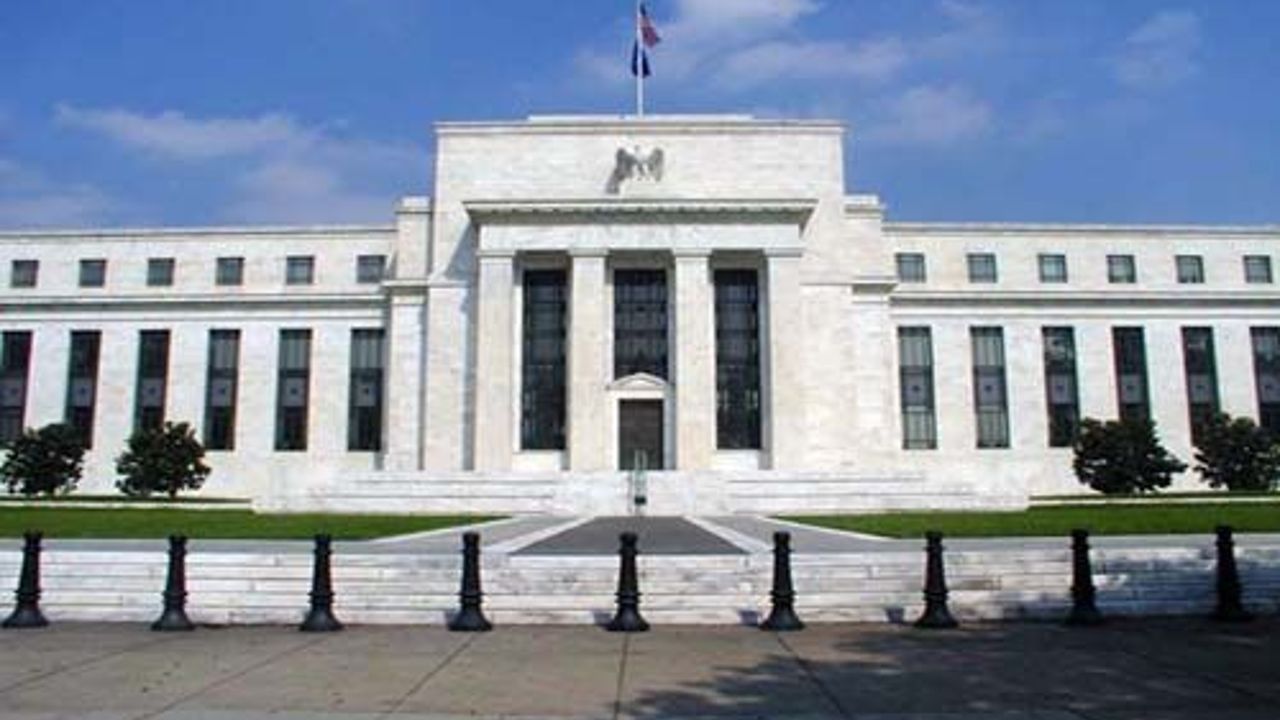Fed 'guidance' fails early test
Watch what Federal Reserve officials do, not what they say. That was Wall Street's reaction to the U.S. central bank's hints that it could soon begin to wind down its bond-buying stimulus.

Rather than heed Fed Chairman Ben Bernanke's reassurance that the end of quantitative easing would not presage an imminent rise in interest rates, the bond market pushed borrowing costs sharply higher, a sign the central bank's reliance on "forward guidance" may not be working as intended. The policy blunder was made evident by the unusually large chorus of Fed speakers who made the rounds to reassure markets, eventually with some success in stabilizing things. Fed officials believed that by telegraphing their intentions, they could convince investors to separate two different policy levers - interest rates and asset purchases. Yet for many analysts, the Fed's sudden aversion to further bond-buying, which comes just months after the central bank said it could either "increase or decrease" such purchases, is befuddling, and it has fueled some mistrust about policymakers' verbal guidance. That distrust contributed to the bond market selloff, deep slumps in emerging market securities and a rise in market volatility more generally. This rickety start for the Fed's first real test of forward guidance, where officials give some longer term sense of their expectation of the path for interest rates, comes just as the European Central Bank and the Bank of England have embarked on a similar road. Are they being led astray?
Adam Posen, a former BoE member and now president of the Peterson Institute for International Economics in Washington, thinks so.
"A central bank that is politically scared to actually do anything more, but knows it should do something about a worsening outlook, will engage in cheap talk instead of actual policy and call it 'forward guidance,'" Posen said. "That is the real attraction of it - the theoretical case is cute, but doesn't work in practice on all available evidence, so that is not really the reason it is adopted."
In other words, quips Posen, "Those who can't do, do forward guidance."
The Fed's policy bind is clear. It cut the overnight federal funds rate, its primary monetary tool, to near zero in December 2008. With rates pressed to their lower bound, the central bank needed to find other means to give a lift to growth.
Bond purchases to press down longer-term rates set in the market were one lever it used; it has also made promises about how long it will keep overnight rates near zero.
Fed officials have considered this forward guidance on rates a powerful tool. Since long-term rates embody expectations for the path of short-term rates, convincing markets that overnight borrowing costs were going to remain low for a long time should help keep all borrowing costs down.
But financial markets had come to expect the Fed to put its money where its mouth was, and the prospect of a slowing and eventual halt to the central bank's $85 billion a month in bond purchases led to a violent reaction.
Stock markets sold off around the world, with emerging markets, which have benefited from capital inflows linked to the Fed's quantitative easing, bearing the brunt of losses.
More worryingly perhaps, rates on the benchmark 10-year U.S. Treasury note jumped more than a full percentage point in less than two months, from 1.63 percent to as high as 2.74 percent, threatening to choke off the nascent housing recovery, although they have since settled around 2.6 percent.
Now that the Fed seems increasingly reticent to continue buying assets given its bloated $3.5 trillion balance sheet, forward guidance may become an increasingly key part of its policy arsenal.
Indeed, Bernanke has suggested the central bank could lower its 6.5 percent unemployment guidepost - the level at which it has said it would start to consider whether to raise rates - in order to deliver additional economic stimulus.
But even within the Fed, there are doubts how well this would work. A 2012 paper from economists at the St. Louis Federal Reserve Bank was skeptical of the effectiveness of promises and words as the primary tool of policy.
"It is difficult to see how forward guidance could significantly increase these central banks' ability to control long-term yields," the authors found.
LOUDER THAN WORDS
One aspect of the Fed's forward guidance seemed to fall particularly flat: its attempt to divorce the process of reducing its bond buying from the eventual start of rate hikes.
Even as he laid out the Fed's timeline for tapering bond purchases, Bernanke sought to reassure investors that the central bank was nowhere near withdrawing its support for the economy.
But markets largely ignored the message.
As Eric Green at TD Securities put it: "Forward guidance has fallen flat."
Indeed, for a time, futures markets were pricing in rate hikes as early as the fall of 2014, despite the Fed's own forecasts indicating that no rate increases would come until at least 2015.
"As with the Fed of late, you cannot control interest rates through talk alone, and if you substitute talk for action, rates rise," Posen concluded.







